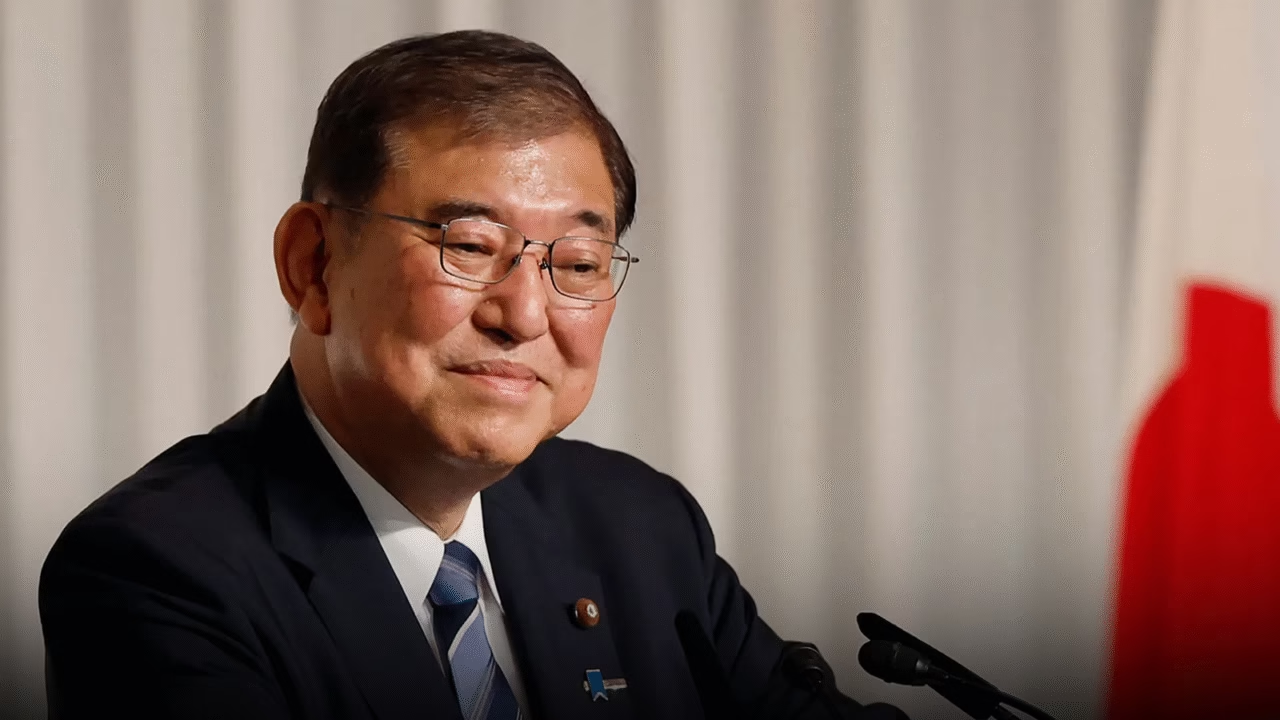Japan’s political scene is becoming increasingly dynamic following the news that Shigeru Ishiba will resign from his prominent role in the Liberal Democratic Party (LDP). This announcement has sparked speculation regarding who might rise as the next prime minister, igniting conversations among party insiders, political analysts, and the general public about potential successors and the future trajectory of Japan’s leadership.
Shigeru Ishiba’s Political Legacy
For decades, Shigeru Ishiba has been a significant player in Japanese politics. Renowned for his strategic mindset, extensive experience in defense and infrastructure, and reform-driven policies, Ishiba has been instrumental in shaping the LDP’s agenda. His choice to withdraw from contention signifies a pivotal moment for the party, paving the way for a new generation of leaders to step into the spotlight.
Ishiba’s time in office has been marked by attempts to reconcile traditional party priorities with contemporary challenges, such as economic growth, defense modernization, and social welfare. Although he never attained the highest office, his impact on party strategy and policymaking has been profound, and his departure creates a notable void in leadership.
Top Contenders for Prime Minister
With Ishiba stepping down, a number of politicians are surfacing as potential candidates for Japan’s premiership:
Fumio Kishida – The current Prime Minister is frequently mentioned as a candidate to either extend his term or strengthen his position within the LDP. His emphasis on foreign policy, economic stimulus, and social reforms positions him as a formidable candidate for continuity.
Taro Kono – Recognized for his reformist stance and vibrant public persona, Kono has built a reputation as a modernizer willing to defy party conventions. His appeal among younger voters and his experience in both domestic and international matters make him a strong contender.
Yoshihide Suga – The former Prime Minister and a key ally of the mainstream faction within the party, Suga possesses significant experience and well-established connections in the LDP. His candidacy symbolizes stability and continuity for loyal party members.
Other Rising Stars – A number of lesser-known yet ambitious members of the LDP are also positioning themselves as potential future leaders. These politicians focus on innovation, technological advancement, and new governance strategies, appealing to a shifting electorate.
Factors Influencing the Selection
The choice of Japan’s next prime minister will hinge on several crucial factors:
Party Support: The internal factions of the LDP and their alignment will be vital in deciding who gets the nomination. Expect intense coalition-building and negotiations behind the scenes.
Public Approval: The popularity of candidates among the general public can sway faction decisions, especially for those looking to uphold the party’s wider appeal.
Policy Priorities: Candidates who resonate with urgent national concerns—such as economic recovery, international relations, and social reforms—might have an advantage in gaining support.
Analysts observe that the next leader must balance domestic expectations with Japan’s expanding role on the global stage, managing complex relationships with the U.S., China, and other regional powers.
Looking Ahead
As the LDP prepares for internal discussions, the upcoming weeks will be pivotal in shaping Japan’s political landscape. With Shigeru Ishiba stepping down, the race for prime minister is now wide open, presenting both uncertainty and opportunity. Observers will be keenly watching to see which candidate can adeptly navigate party dynamics, garner support, and ultimately guide Japan through a significant period of domestic and international challenges.
Ishiba’s departure signifies not only a leadership change but also a potential shift in Japan’s political trajectory, heralding a new chapter for the nation and its citizens.

